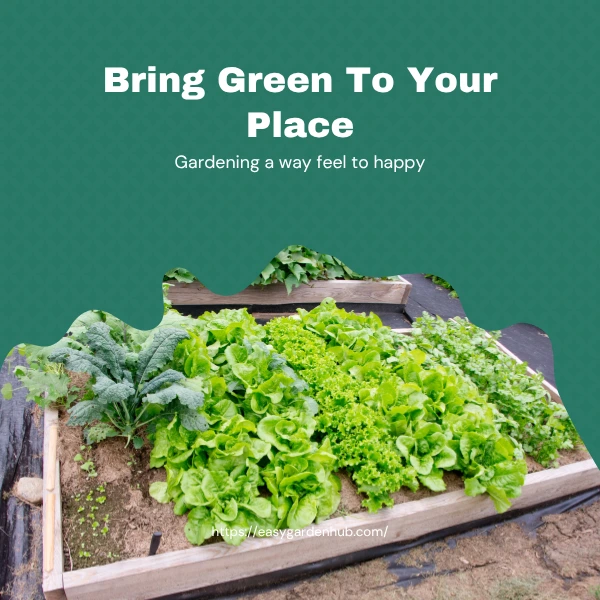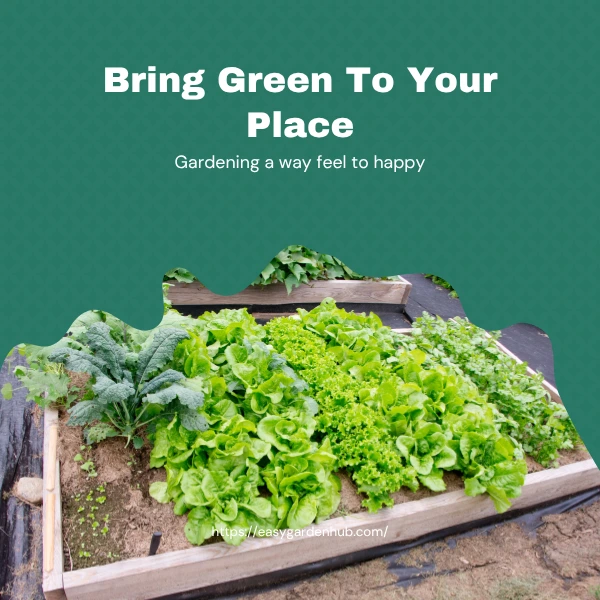
Introduction to Vegetable Gardening Raised Beds
Vegetable gardening has become an increasingly popular hobby, providing not only fresh produce but also an opportunity for relaxation and connection with nature. One effective method for growing vegetables is through raised beds. This comprehensive guide explores the advantages of raised bed gardening, practical techniques for soil management, space optimization strategies, and pest control methods to help you create a thriving vegetable garden.
What Are Raised Beds?
Raised beds are garden plots that are elevated above the surrounding soil, typically enclosed by wooden, metal, or stone borders. They can vary in size and shape, allowing gardeners to customize their gardening experience. The height of the beds often ranges from 6 to 30 inches, depending on the needs of the gardener, the type of vegetables grown, and the existing soil conditions.
These raised beds are filled with a soil mix specifically designed for optimal plant growth, providing a well-drained environment that can be easily amended and managed. This technique is particularly advantageous for urban gardeners with limited space and soil quality issues.
Benefits of Using Raised Beds for Vegetable Gardening
Raised beds offer numerous benefits that enhance the gardening experience. Firstly, they provide improved drainage compared to traditional garden plots, reducing the risk of waterlogging and root rot. This is particularly beneficial in areas with heavy clay soil or where rainfall is inconsistent. The elevation of the beds also helps in warming the soil earlier in the spring, allowing for an extended growing season.
Additionally, raised beds can significantly reduce the presence of weeds. The contained environment limits weed growth, as the soil mix used is often free of weed seeds. This means less time spent weeding and more time enjoying the fruits of your labor. Furthermore, raised beds are easier to access, reducing the strain on the back and knees as gardeners can work at a comfortable height.
Soil Quality Improvement
Choosing the Right Soil Mix
The foundation of a successful vegetable garden lies in its soil. For raised beds, a high-quality soil mix is essential. A good mix typically consists of a blend of topsoil, compost, and other organic materials. A recommended ratio is 60% topsoil, 30% compost, and 10% perlite or vermiculite to ensure good drainage and aeration.
Topsoil provides the necessary nutrients, while compost enriches the soil with organic matter, enhancing fertility. Perlite or vermiculite helps retain moisture while allowing excess water to drain, creating a well-balanced environment for root development.
Adding Organic Matter for Nutrient Enhancement
Incorporating organic matter into your raised bed soil is crucial for maintaining soil health and fertility. This can be achieved by adding well-rotted manure, leaf mold, or other decomposed plant materials. Organic matter not only enriches the soil but also improves its structure, enhancing water retention and aeration.
Regularly adding organic matter throughout the growing season ensures that the plants receive a steady supply of nutrients. As the organic matter decomposes, it releases nutrients slowly, allowing for a sustainable growing environment free from chemical fertilizers.
Maintaining Soil Health Over Time
Soil maintenance is an ongoing process that requires attention throughout the growing season. Regular soil testing can help determine nutrient levels and pH balance, guiding amendments. Adding compost annually is a simple way to keep your soil nutrient-rich and healthy.
Additionally, rotating crops each year is essential to prevent soil depletion and reduce the risk of pests and diseases. Planting legumes, such as beans and peas, can help fix nitrogen in the soil, promoting overall soil health.
Space Optimization
Designing Your Raised Bed Layout
Effective design is key to maximizing productivity in raised bed gardening. Consider the size of your beds carefully; a width of 4 feet is often recommended, as it allows easy access from both sides without stepping into the bed. Length can vary based on available space and personal preference but should typically be manageable, around 8 to 12 feet.
When planning your layout, take into account the mature size of the plants. Group taller plants, such as tomatoes, on the north side of the bed, so they do not shade shorter plants. Additionally, ensure there is adequate spacing between plants to promote air circulation and prevent disease.
Vertical Gardening Techniques
Vertical gardening is an innovative way to optimize space, especially in smaller gardens. Utilizing trellises, cages, and other supports can allow climbers like cucumbers and pole beans to grow upwards, leaving more ground space for other plants. Vertical gardening not only increases yield but also helps improve air circulation, reducing the risk of diseases.
Additionally, hanging planters and wall-mounted systems can be employed to grow herbs or small vegetables, taking advantage of vertical space in a stylish and functional way. This technique enables gardeners to cultivate a diverse range of plants even in confined areas.
Maximizing Sunlight Exposure
Sunlight is a critical factor for plant growth, and optimizing exposure is vital in raised bed gardening. When designing your garden layout, consider the path of the sun. Place taller plants where they will not overshadow shorter ones and ensure that lower-growing plants receive adequate light throughout the day.
Strategically spacing your beds and using reflective materials, such as light-colored stones or mulch, can also enhance sunlight exposure. This ensures that all plants receive the necessary amount of light, leading to healthier growth and better yields.
Pest Management Strategies
Natural Pest Control Methods
Managing pests in the vegetable garden can be a challenge, but utilizing natural pest control methods can minimize damage without harming beneficial insects or the environment. Introducing beneficial organisms, such as ladybugs and lacewings, can help keep pest populations in check. These insects feed on aphids, spider mites, and other common garden pests.
Additionally, homemade sprays using ingredients like dish soap, garlic, or neem oil can deter unwanted insects. These natural solutions are not only effective but also safe for the environment, making them a preferred choice for organic gardeners.
Companion Planting for Pest Prevention
Companion planting is another effective strategy for pest management. This practice involves growing certain plants together that can benefit each other in various ways, such as repelling pests or attracting pollinators. For example, planting marigolds alongside vegetables can deter nematodes and other pests, while basil planted near tomatoes can enhance their flavor and growth.
By carefully considering plant pairings, gardeners can create a more resilient ecosystem within their raised beds, reducing the need for chemical interventions and promoting overall plant health.
Conclusion
Recap of the Advantages of Vegetable Gardening Raised Beds
Raised bed gardening offers numerous benefits that enhance the gardening experience, including improved drainage, increased accessibility, and reduced weed growth. By investing time in creating high-quality soil and designing an efficient layout, gardeners can maximize their yields while enjoying a rewarding hobby.
Encouragement to Start Your Own Raised Bed Garden
As we have explored throughout this guide, the advantages of vegetable gardening in raised beds are clear. Whether you are a seasoned gardener or a newcomer, the principles outlined here will help you create a thriving garden that not only provides fresh produce but also enhances your outdoor space. Embrace the opportunity to grow your own food, connect with nature, and enjoy the many benefits that gardening offers.
FAQs
What vegetables grow best in raised beds?
Many vegetables thrive in raised beds including tomatoes, peppers, cucumbers, carrots, and lettuce. The key is to select plants that suit your climate and the available space within the beds.
How deep should raised beds be?
A depth of 12 to 18 inches is recommended for most vegetables. However, specific plants may require deeper beds for optimal root growth.
Can I use treated wood for building raised beds?
It is generally advised to avoid treated wood, as the chemicals used can leach into the soil. Instead, opt for untreated wood, composite materials, or stone to construct your beds.
How often should I water my raised bed garden?
Watering frequency depends on factors such as climate, plant type, and soil composition. A general rule is to keep the soil consistently moist but not soggy, checking daily during hot weather.
Do I need to fertilize raised bed gardens?
Yes, regular fertilization is beneficial, especially as nutrients can be depleted over time. Using organic fertilizers or compost will help maintain soil fertility.
New to vegetable gardening? Start here with our beginner’s guide.

